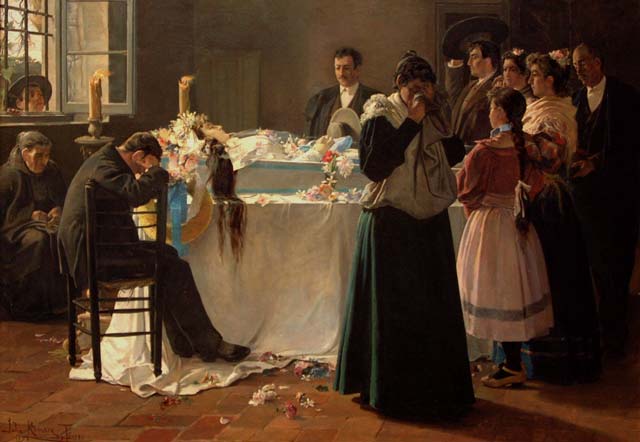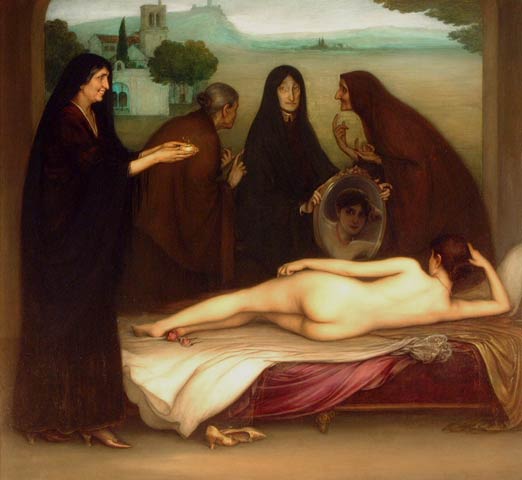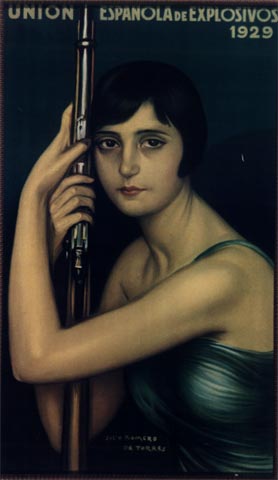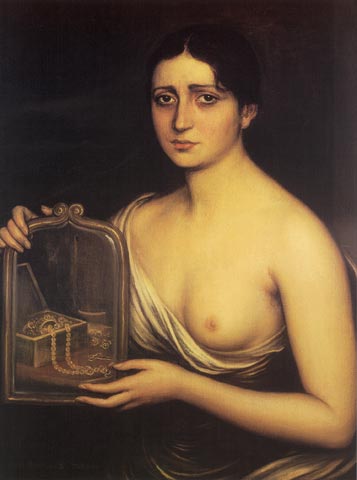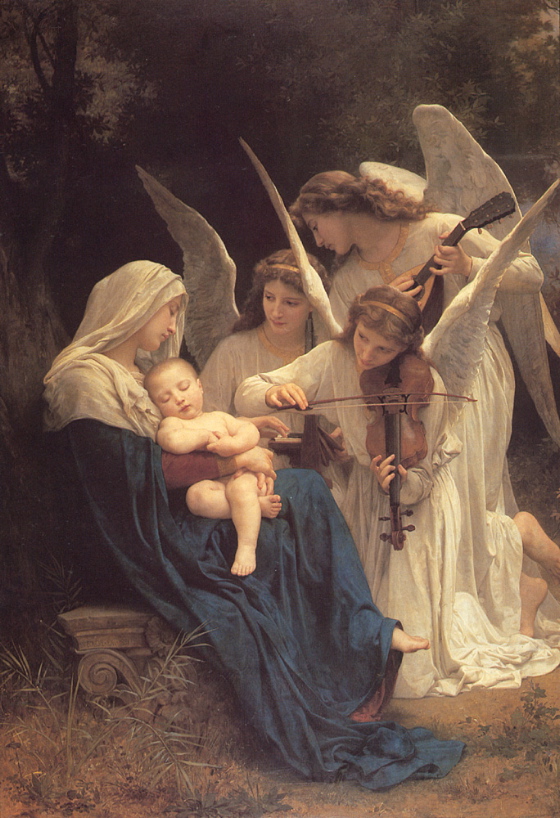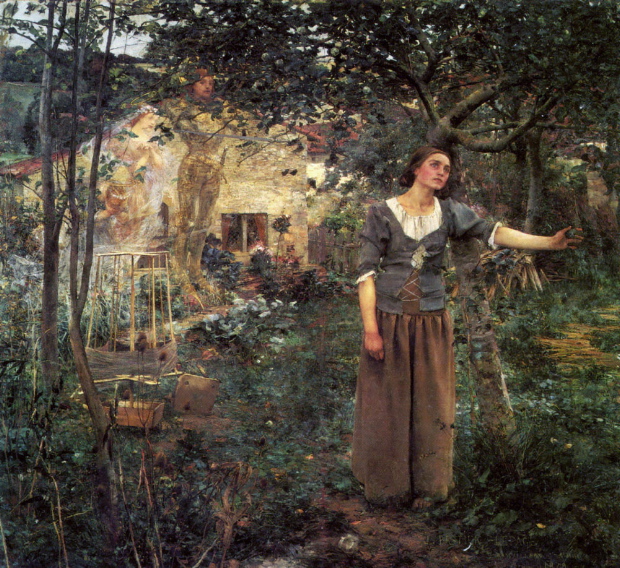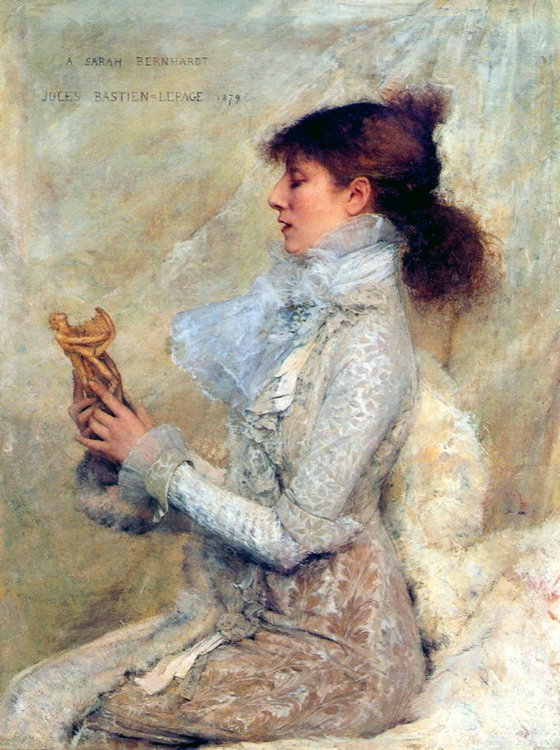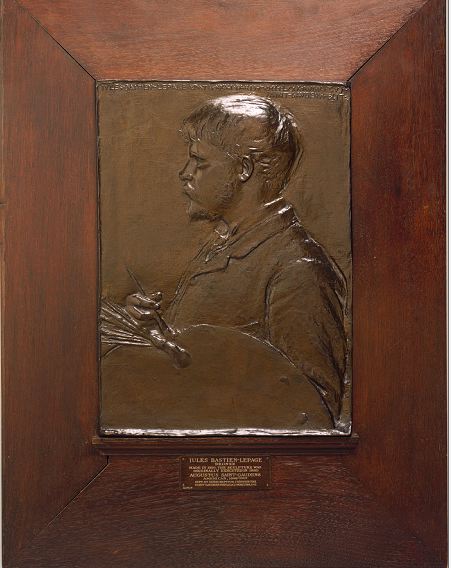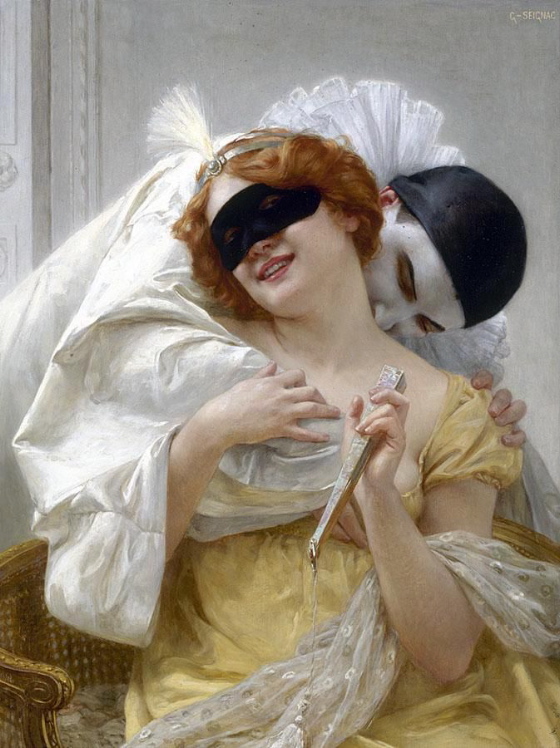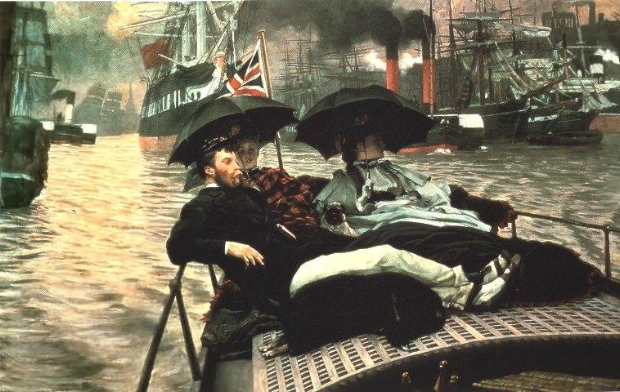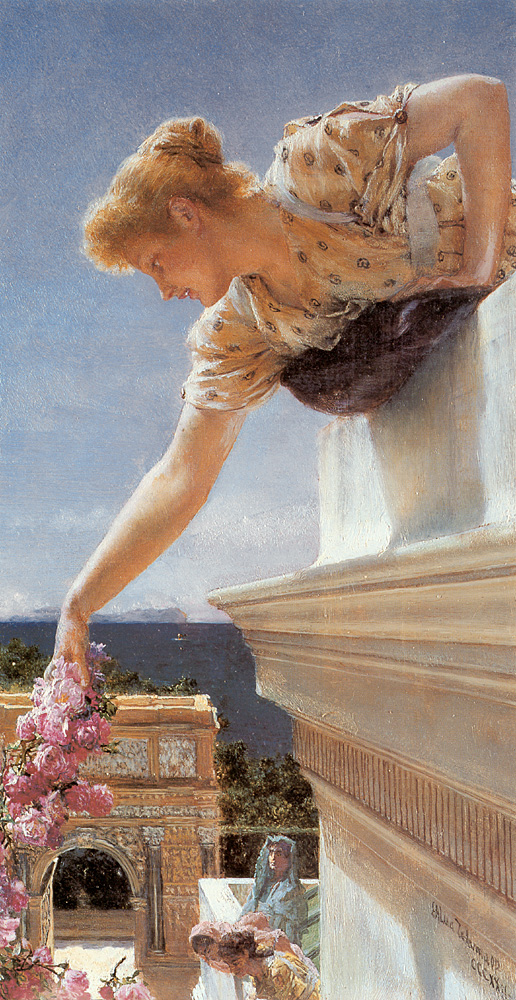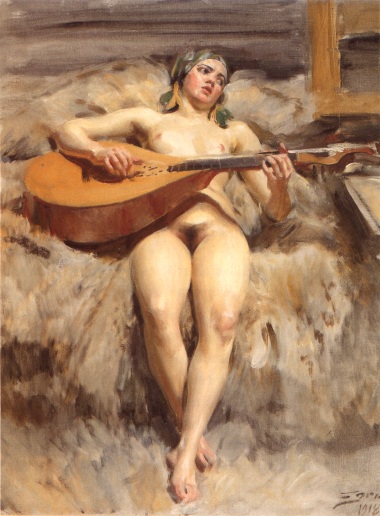Paul Zahl (of The Zahl File fame) recently sent me a postcard of the Tissot painting above, called “The Ball On Shipboard”. It was done around 1874 and is now in the collection of The Tate Gallery in London.
It was, I believe, the first Tissot I ever saw, reproduced in a book. It was certainly the first Tissot that took my breath away, with its intricate progression of spaces leading the eye deeper and deeper into the image, starting with the figure of the young lady seated in the foreground and seeming to look into the viewer's space, on this side of the picture frame. Then groups of figures lead us back over the main deck and down to the dancing on the deck below and finally to the wide view of the harbor over the ship's rail.
We are left with a sense that we have moved through these spaces physically — that we have attended this ball rather than just seen a picture of it.

